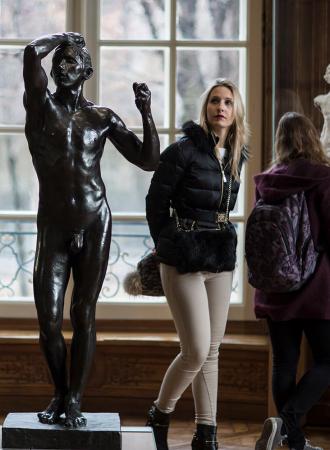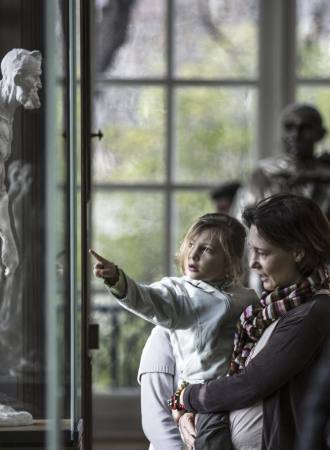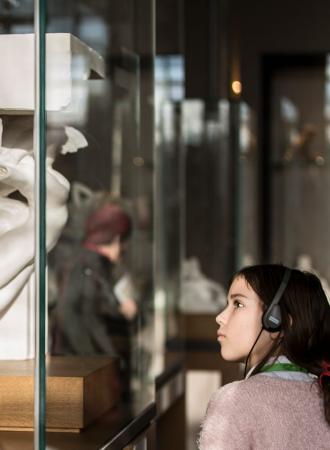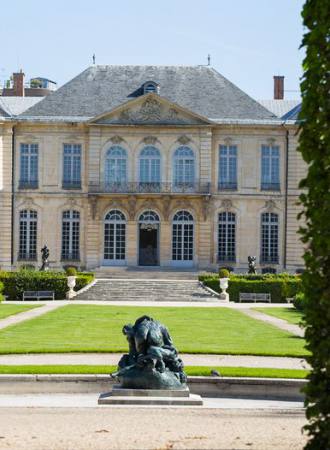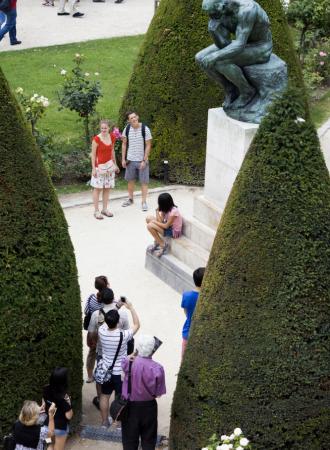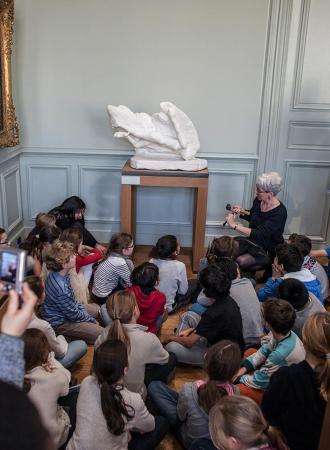Search the site
She Who Was the Helmet Maker's Once-Beautiful Wife
Auguste Rodin (1840-1917)
Purchased by the French state in 1891, the work was transferred to the Musée du Luxembourg (Lux 109.) in 1892.
Yet the first time this motif appeared was on one of the pilasters of The Gates of Hell , in 1887. It was also found on the belly of a vase known as the Saigon Vase, produced by Rodin and Jules Desbois in 1888-1889 for the Sèvres porcelain factory. Inspired by a poem by François Villon, and presented at the Salon de la Société Nationale des Beaux-Arts, Paris, in 1890, the work may be linked to the aesthetic of ugliness and the memento mori popular in the Late Middle Ages. At a time when Rodin was still searching for his sources, this vision of human destiny, and women’s fate in particular, had already been explored in this vein by Desbois.
Legend has it that Rodin designed She Who Was the Helmet Maker’s Once-Beautiful Wife as a pendant and in response to Desbois’ Misery. With Clotho, Camille Claudel also accepted the challenge of depicting this wizened flesh, this cadaverous thinness, where what is ugly in reality becomes beautiful in the eyes of the artist, because of its expressiveness and strength of character.
The ARTwork in the museum
Permanent collections – ground floor, Room 7
We cannot guarantee the presence of all our artworks; some may be out on loan.
Discover the themes related to the work
Date of conception :
1885-1887
Dimensions :
H. : 50 cm ; W. : 30 cm ; D. : 26,5 cm
Materials :
Bronze
Inventory number :
S.01148
Credits :
© Agence photographique du musée Rodin - Jérome Manoukian
Additional information
Iconography
- She Who Was the Helmet Maker's Once-Beautiful Wife(zip, 771.2 ko)

